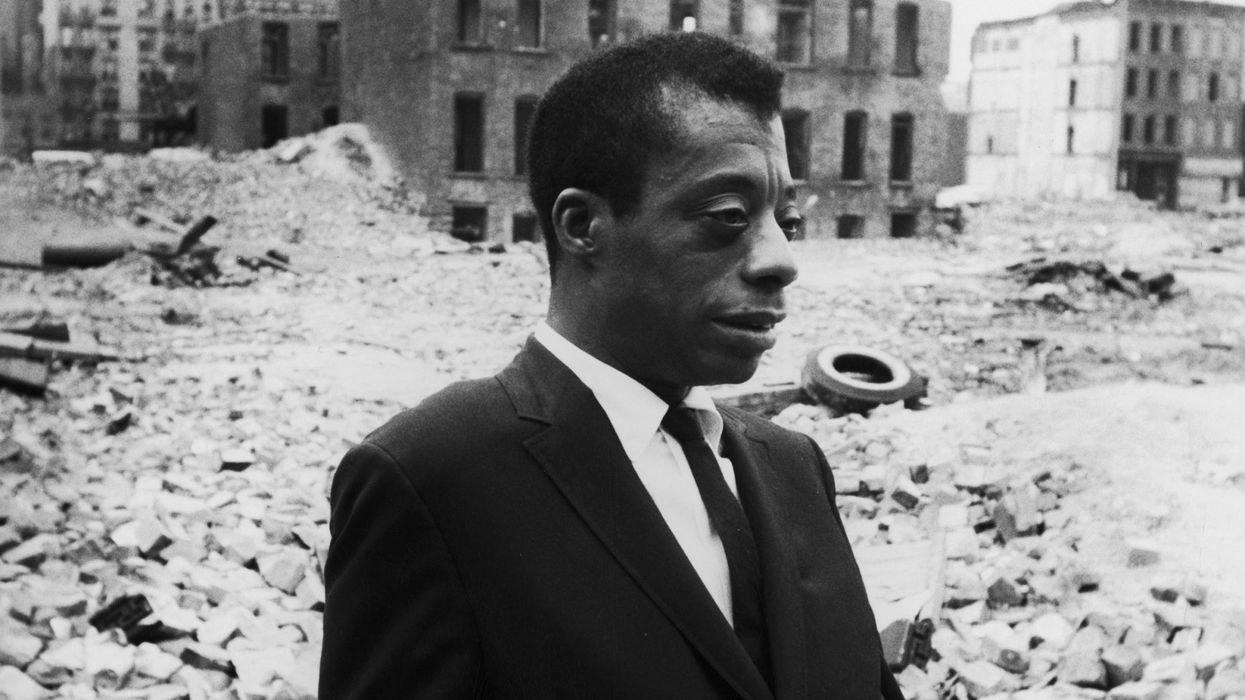If We're in the 'Wild West' of Distribution, How Do We Make Decisions for Our Films?
Some distribution advice is still tried and true.

If you ask a panel of film sales, market and distribution folks what they think of the current marketplace, you’re likely to hear a certain common phrase repeated: “It’s the Wild West.” In other words, the former rules of engagement have been upended and it’s anybody’s guess what the future holds in this arena.
Forging the right distribution path is akin to a marriage that can last 5-25 years.
At the DOC NYC panel, “Enter the Market” Eric Sloss, Head of Domestic Sales at Cinetic Media, said that despite the unknowns, he thinks the market is “probably healthier for documentaries than ever” but changing rapidly. "I Am Not Your Negro did 7 million [at the box office]," pointed out moderator Dade Hayes, Contributing Editor of Deadline Hollywood, “but that’s the exception.” So given the ever-changing marketplace, we’ve compiled some tried and true bits of wisdom from some industry experts who shared their thoughts with us at DOC NYC.
Festivals still matter
Festivals remain a vital stepping stone on the path to successful distribution. “Different festivals have different purposes,” said Sloss. “Sundance is the number one US market...It’s royally the exception. Films go for prices that would never happen outside of Sundance. For a seller it’s very good.”
But what about for the vast majority of filmmakers whose films don’t make it in? Matt Burke from Submarine said they’re “finding it hard to sell films outside of top festivals. But some films are smaller and have a better life doing a lot of fests.” Natalie Mooallem of The Orchard offered that film festivals can do a lot for a filmmaker, aside from whether it is sold. According to Mooallem, a festival is also a place “you can learn to talk about [your film] publicly.”
Although for many filmmakers a main goal is to sell your film to recoup your costs and, if you’re lucky, be paid for your time, not having a top tier festival run does not have to mean poor distribution. Burke points out that at Submarine, their “primary function is to help people satisfy their aims for the films. Theatrical, impact, money, goals, etc.” They see forging the right distribution path as akin to a marriage that can last 5-25 years. “You want it to be right,” Burke said.

What are distributors looking for?
When asked what they are looking for when acquiring films, Matt Cowal of Magnolia Pictures said he looks out for “a film where if you went to a cocktail party and you haven’t seen you’d be out of the conversation.” The panel agreed that The Wolfpack was that type of film, in that people couldn’t stop talking about it.
In terms of format, last year was the first year when a series, O.J.: Made in America, won the Academy Award for feature documentary. Though there was much controversy and questioning as to whether this should have been allowed to happen, it broke the previous mold of traditional feature film models. Burke is seeing feature documentary pitches side-by-side to series on the same subject. “There’s a great appetite for it,” he says. But the biggest issue is that, if you’re making a series, there has to be enough “meat on the bone.” In other words, do you have enough footage and story substance to stretch out the film over a series of hours, rather than the traditional 90-minute cut? “It’s up to storyteller to see if they can keep it going for episodes.”
Self-distribution is always an option
Another decision filmmakers find themselves having to make is whether to self-distribute or to go the more traditional route of working with agents and distributors. “Make no mistake, film distribution is a ton of work,” Sloss said. Imagine, for example, trying to book 150 educational screenings across the US. “Distributors have teams that are capable of doing that work. You can do it yourself but, if your goal is to move on, you can save a year and let them do it.”
Cowal added, “promoting a movie can be just as much labor as making it. It’s not something to be taken for granted.” When entering the sales and marketing phase of the film Sloss suggests not to come into the market with expectations of where you want the film to go. “The answer is different for every film. My advice is to wait and let the market respond. Approach each option with as open a mind as possible.”












